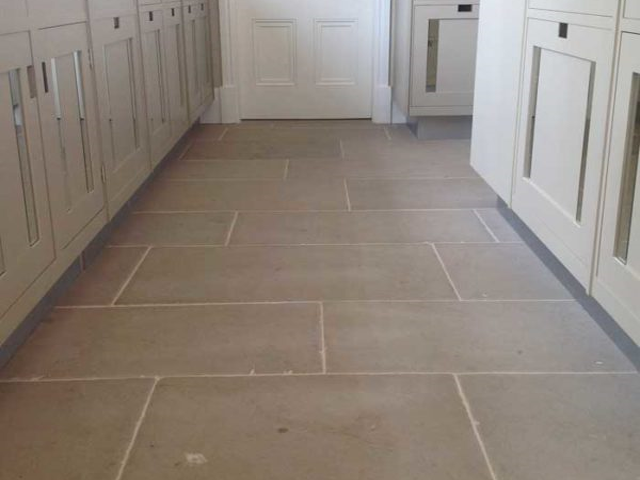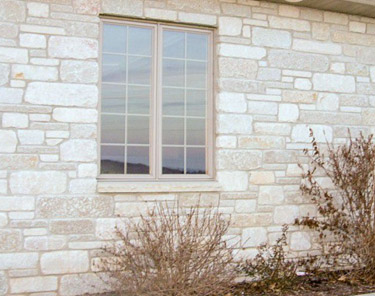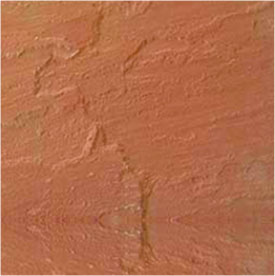Types and Use of Limestone in Architecture
October 31, 2022 AdminConstruction uses of limestone are widespread, especially in North America and Europe. Numerous famous structures all around the globe, most particularly the Great Pyramid and its associated complex at Giza, Egypt, have employed it. Kingston, Ontario, Canada, which used this stone to build a number of magnificent structures, eventually earned the moniker “Limestone City.” The use of limestone flooring is pretty common in various countries.

When there were many applications for limestone in the later phase of the 19th and early 20th centuries, it was at its height. During that period, this granite was frequently utilized to build banks, railroad stations, and other structures. It serves as the facade of certain skyscrapers, but only as thin plates that are covered instead of solid blocks.
What does limestone mean?
In comparison to other natural stones, limestone is considered a sedimentary rock made of calcium carbonate. It is the non-siliciclastic sedimentary rock that is most common. Natural limestone may be found all across the planet.
The mineral calcite, which is composed mostly of the biochemical compound calcium carbonate (CaCO3), makes up the majority of the rock. In addition to these, it also contains clay minerals, quartz, feldspar, pyrite, and siderite. As a result, limestones are considered calcareous rocks that contain a lot of calcium carbonate.
In clear, warm, and shallow sea water, the stone gathers in the shape of biological waste like shells, coral, algae, or fecal deposits. It can be produced when calcium carbonate that has been melted in groundwater precipitates. Limestone has a far wider range of applications than its closest rivals.

Limestone frequently appears in two different textures, extremely fine and coarse, depending on its physical characteristics. Coquina, Chalk, lithographic limestone, travertine, tufa, fossiliferous limestone, and oolitic limestone are some of the several names and types of limestone rock. Depending on how each rock was created, how it looked, what was included in it, and other factors and applications of limestone, they were categorized into several categories.
Limestone Types
Limestone comes in a wide range of variations. Here are a few illustrations of various limestone types.
Travertine
Stalactites, stalagmites, and flowstone are produced as a byproduct of the evaporation process that creates travertine, a kind of limestone. Similar to regular limestone, it is widely used in home renovation projects as a backsplash, countertop, vanity top, and other surfaces.
Tufa
The limestone rock type known as tufa is found close to water sources with large concentrations of softened minerals, mainly calcium carbonate. Limestone is used in a variety of fields, including art and building.
Chalk
The non-clastic carbonate alluvial rock known as chalk is a kind of limestone comprised of the calcite mineral. It is easily pulverized and is soft and fine-grained. Its colour ranges from grey to white. It is composed of foraminifera, rhabdoliths, and coccoliths, which are incredibly small marine animals. The finest form of this stone contains heavy amounts of calcium carbonate.
Chalk, a light-colored kind of indulgent limestone. It often consists of the remnants of small marine creatures. Different types of natural stones are linked to various such characteristics.
Fossil-containing limestone
Fossiliferous limestone is defined as having fossilized shells and skeletal bones. Common examples of marine invertebrates include brachiopods, crinoids, molluscs, gastropods, and coral. The typical skeleton and shell fossils may be found in a number of limestones, including fossiliferous limestone.
Limestone for lithography
Solid rock with uniformly small, fine-grained grains called lithographic limestone. It is discovered in limestone caves and narrow river beds that swiftly separate to create a very smooth surface. Lithographic limestone is a very smooth and thick kind of limestone.
Limestone with oolites
Oolitic limestone is made up of calcium carbonate oolites, which are small grains arranged in concentric layers. This type of stone begins as a tiny white sphere-shaped seed, which is eventually combined by various other oolites the size of sand to become a rock.
Some of the shattered oolites display the seed that initiated the oolite as well as the concentric coatings by which the oolite was built. In the unbroken specimens, the oolite seems to be a small pearl.
Coquina
Coquina is a kind of limestone that frequently develops on beaches from bits of shattered shell. Very fine silt or clay-sized particles are delicately linked to the fossil pieces in Coquina.
Its high porosity makes it a suitable aquifer for both public and private water supply. Coquina is used as a building material when alternative materials with higher physical strength and durability are not readily accessible.
Use of Limestone in Construction
Here, limestone is mined to supply the building and construction industries. As a consequence, the stone is precisely measured and processed into slabs or blocks. Limestone is used for a variety of things, including floor tiles, stair treads, window sills, and sculpture. The popularity of limestone flooring among homeowners is enormous.



The process of making cement also uses limestones that contain a lot of clay. Limestone is also used in the construction of railroads and roadways. The most well-known pyramid in Egypt, Giza, is made of limestone.
The Conclusion
One of the most exquisite natural stones in the world is frequently thought to be limestone. Limestone may be used both inside and outside the home, and it is available in a wide range of sizes and forms. One of the most often used building materials is this stone. Every day, whether it’s a limestone wall or your new countertop, we are surrounded by samples of the various types of limestone.








